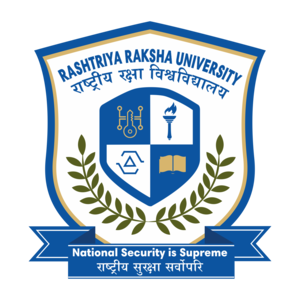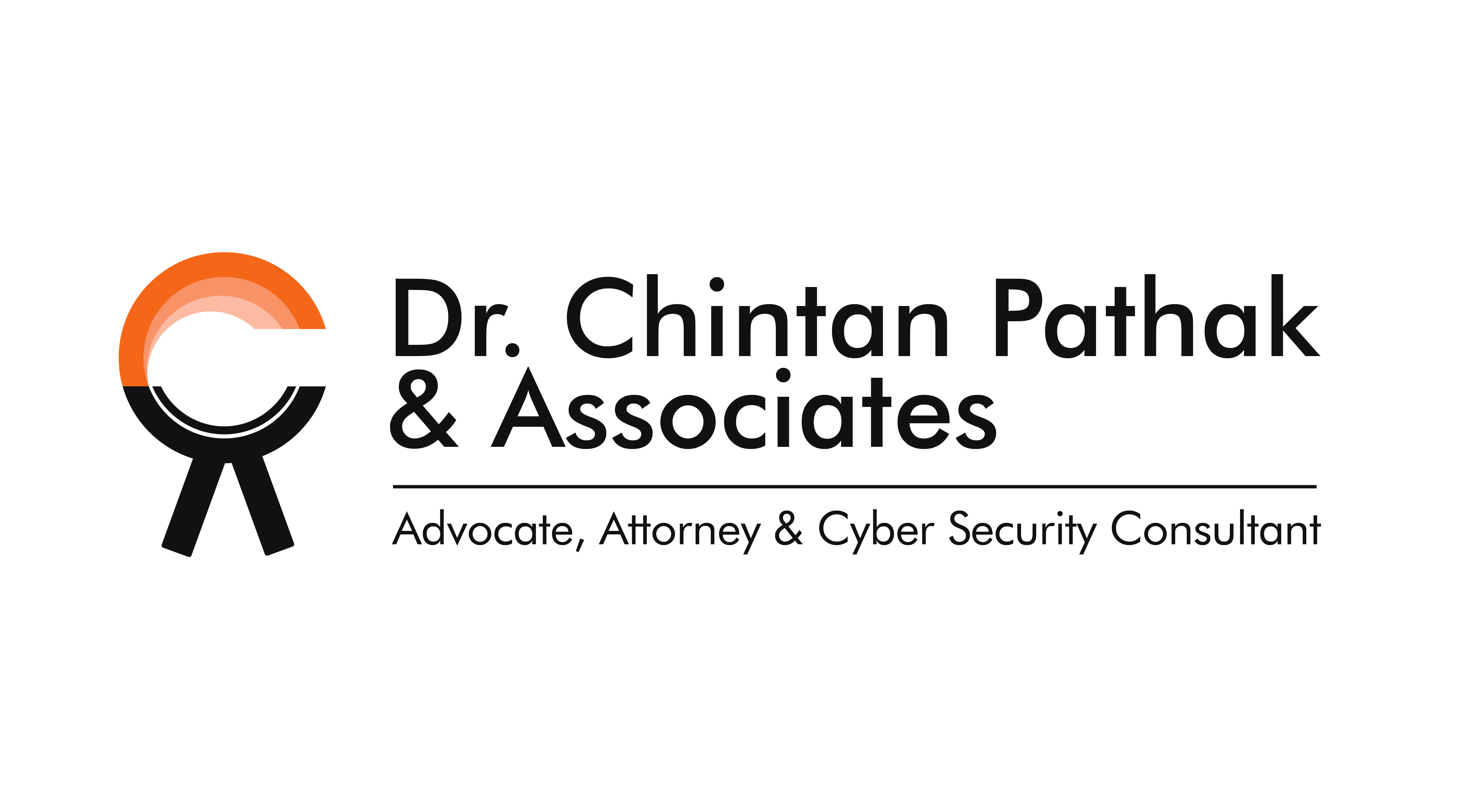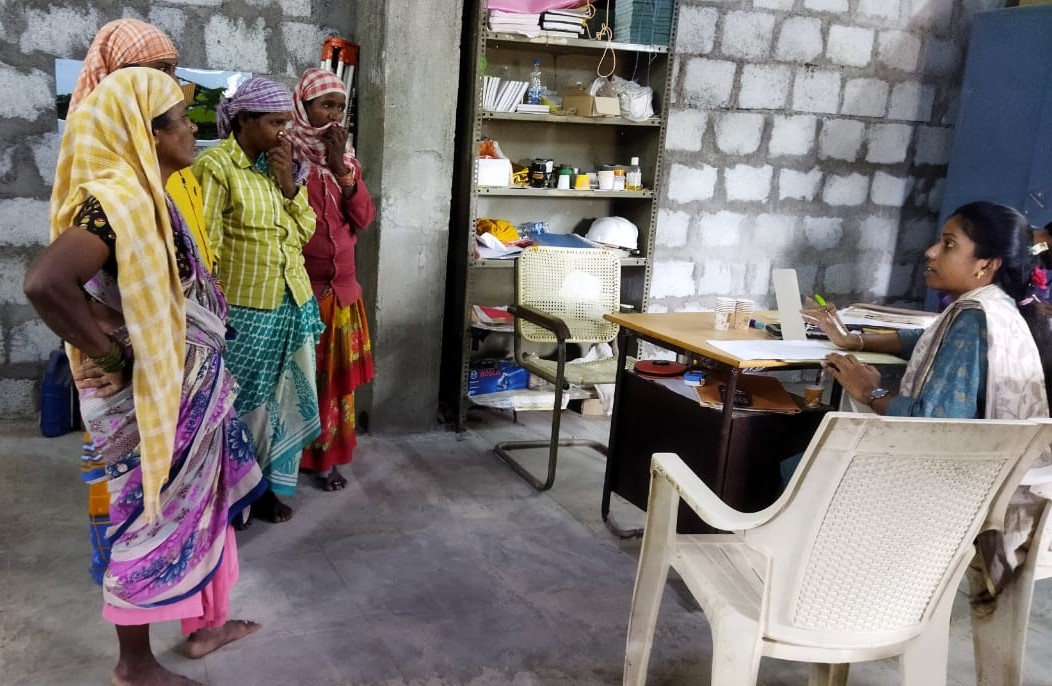Laws on Child Sexual Abuse
- Bhavik Jain
- June 28, 2020
Content :
The objective of this paper is to know about the laws that have been enacted by the government for the protection of children against Child Sexual Abuse (CSA) cases and how effectively they are being implemented in the society. The study also reveals that in most of cases the accused is known to the victim and a majority of victims are girls. In most of cases the sexual abuse of the child is not reported fearing social stigma and guilt. The lack of required support to the victims, once a case is reported, in terms of legal representation and appointment of a support person, raises important questions about the responsiveness of the justice system insensitive sexual abuse cases. It is important to realize that it is very difficult for a boy or a girl to confess about the sexual abuse they have suffered. In many cases the child does not even realize that he or she has been sexually abused.
Far from being uncommon, social attitudes may result in sexual offenses against boys not being perceived and treated with the seriousness it deserves. In this context, it is imperative to conduct a careful and continuous analysis of the obstacles to the reporting of sexual abuse by children as well as of the implications of compulsory reporting in light of their best interest. The study also confirms that the cases of child sexual abuse in India are high among both boys and girls.
The child protection mechanism in our country is unable to handle the humongous amount of child sexual abuse cases as it has not been completely developed. Therefore, the child protection mechanism is unable to follow the rules laid by the Protection of Children from Sexual Offences Act (POCSO). It is unfortunate that allocation of infrastructure, manpower, structured training and sensitization, setting up a robust monitoring and accountability mechanism, etc. is far from the actual need and has done little to implement the Act in spirit. For most of the children, who report abuse, our system further victimizes and traumatizes them with repeated interviews and examinations in inappropriate settings, delayed waiting periods for various procedures, limited information about their case, threats from the offender, and other inconvenient experiences for the child and the family.












